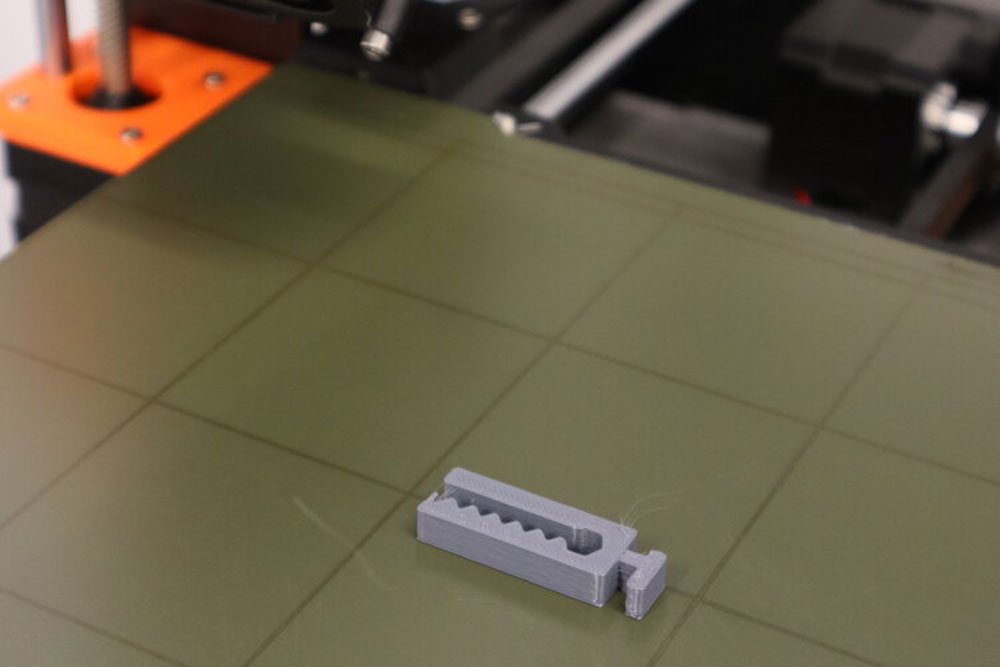PROVIDENCE, R.I. [Brown University] — The Brown Arts Institute’s Creative Arts and Technology Spaces are stocked with gear and charged with possibility. At the center of them is Leo Selvaggio, who is committed to ensuring that anyone with a creative idea has the tools to bring it to life.
As the senior creative technologist for the Brown Arts Institute, Selvaggio is responsible first and foremost for enabling creative work on Brown’s campus. Now in his seventh year at Brown, he works with Associate Director of Creative Technologies Kelly Egan to run the institute’s seven Creative Arts and Technology Spaces housed on the third floor of the Granoff Center for the Creative Arts and in the Graduate Center Multimedia Lab.
From video production and music and podcast recording, to 3D printing, vinyl and laser-cutting and sewing, Selvaggio helps provide access to equipment and expertise to members of the Brown community.
“Because we oversee spaces, half of my work is very operational — it’s going through logs, requesting door swipes, taking inventory and sending emails upon emails,” Selvaggio said. “But I also get to come up with all kinds of creative ideas, sparked from joy, that I’m actively encouraged to pursue. We get to create so many cool things that I know will benefit our community.”
In this Q&A, Selvaggio delves into the connections between his career and his own artistic practice, and the rewards of furthering creative expression at Brown.
Q: What brought you to Brown?
While I was working at Smith College in 2017, I got contacted by a student from a conference here at Brown called Better World By Design. A student panel found my artwork and asked me to come give a lecture. It was my first time on Brown’s campus, and honestly, I was floored.
In the Q&A after my presentation, students were asking questions that I didn’t even start to think of until I was in grad school — and these were undergrads! They were so engaged and so articulate, and I thought that this is the population I need to be working with. So that night, I was like, “Let me see what kind of job I can get at Brown,” and there was an opening at the Creative Arts and Technology Spaces (then known as the Multimedia Labs). I said, “This seems like ‘providence’” — no pun intended — and I applied.
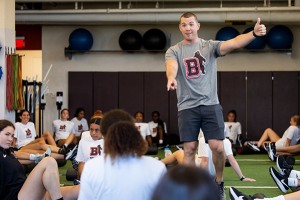
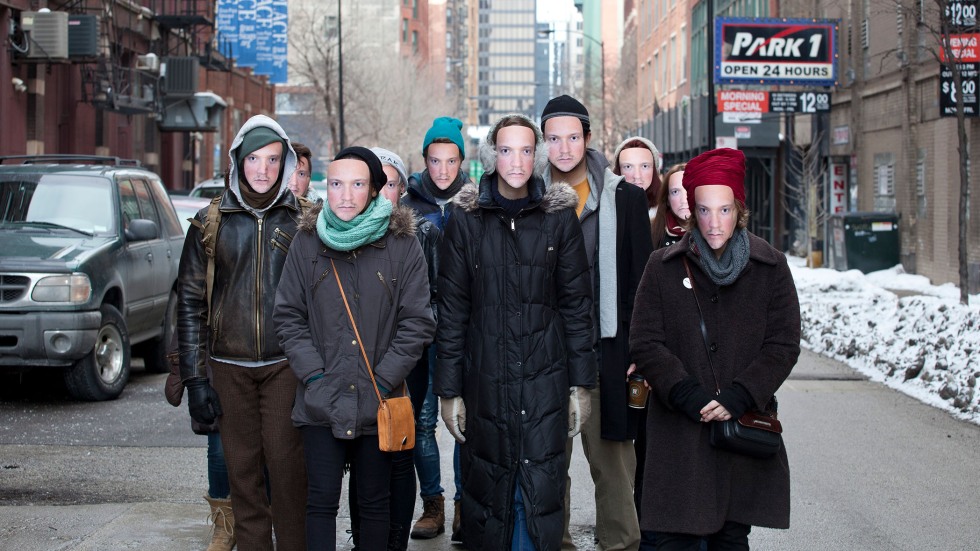
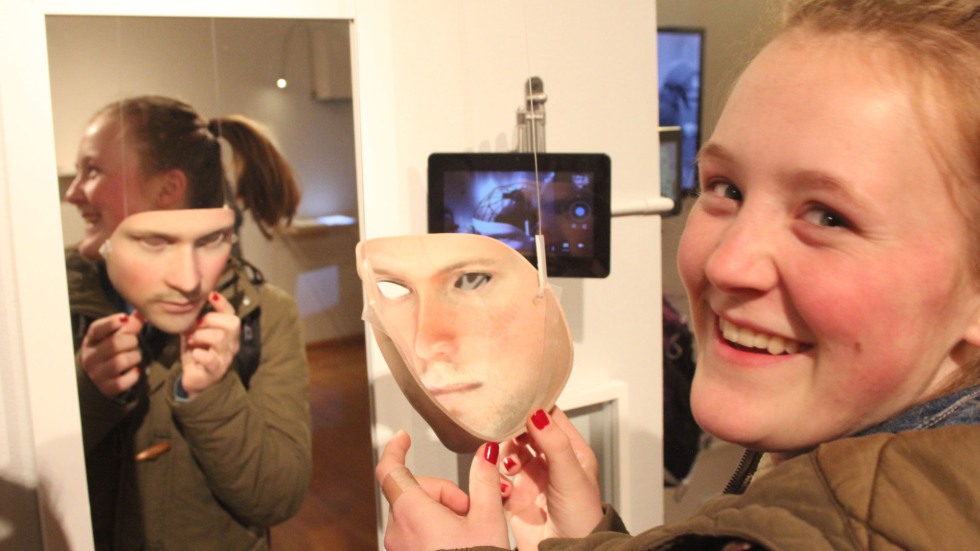
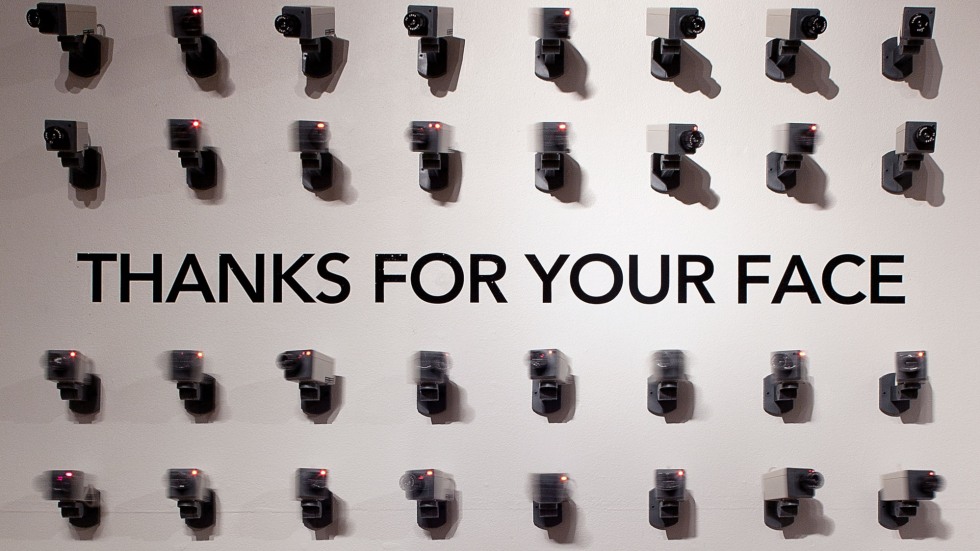
.jpg)
